MEMOIRS OF AN INDEPENDENT REPAIR SHOP OWNER: "TRAINING WHEELS"-or How Motor Sport Influenced My Formative Years-Part One
As with many young lads growing up as the motor sports world was rapidly advancing in the 1960’s, I was totally fascinated with just about anything sporting wheels—especially if there was a powerplant involved. And especially if it involved head-to-head competition with such devices.
While not exactly being raised in a household favoring such a paradigm, I did have a sufficient amount of positive experiences with more distant relatives, close friends and neighbors. This enabled me to gain the impetus required to achieve the “escape velocity” necessary to make a go of it in the new and exciting world of motor vehicles.
We had a family friend we’ll call “Uncle D”, who was one of the first people I can remember laying a fairly impressive, first-hand, full-contact high-performance driving revelation on me. He took my younger sister, older brother and I out in his early sixties Ford Galaxy Convertible (it was pretty much brand-spanking new at that point) for a “joy-ride” around the streets of San Francisco, CA. It soon became an “overjoy-ride”—as he engaged in a series of tire-smoking launches, connected with some zero-G hill cresting, and power-slide cornering! This was before the advent of seat-belts so—with the exception of my brother, who was fairly secure in the passenger front bucket seat—my sister and I were experiencing the full effect of the amusement park dynamic in the back seat!
Fortunately for Uncle D, this also predated the Child Protective Services Bureau, otherwise he most assuredly would have been called to task for “child endangerment”! We, the fortunate “endangered”, would have argued in his favor, however—so much fun we had on that “Pre-Bullit” romp!
Aside from that experience, some of my earliest recollections involve the wide variety of performance vehicles in my immediate neighborhood of Walteria, CA.
We had everything from gearheads with modified ‘50’s Chevy’s and seminal “Rat Rods”, musclecars (note worthily a rally orange Pontiac GTO “Judge” and a Hertz Shelby GT350, with its gold racing stripes on black paint), and sports cars of many stripes (early Jaguar XK’s and MG’s come to mind). I remember a teacher at my grade school rolling in a red Mustang fastback, and one (that I didn’t particularly like) cruising a very likeable silver Corvair Monza Spyder!
Punctuating all of this motoring overload were periodic visits by my uncle and cousin as they were on their way to Riverside Raceway (R.I.P.) with some form of race-car in tow. The orange Formula Ford they brought by one summer was a definite highlight here. To imagine that someone related to me had an actual open-wheeled racing car parked in front of my home base!
Then there was my childhood friend just around the corner. We hit it off trading tricks we were learning on our Schwinn Stingrays—not realizing at the time that we were actually participating in the creation of a biking genre, which would eventually become known as Bicycle Motocross (BMX). Not uncoincidentally, his pop was big into off-road motorcycling, and it was a “family thing” for them at that point in time.
One of the highlights of that friendship was being invited to trek with them to the Mojave Desert, in the fall of 1972, to witness the start of the legendary Barstow-to-Vegas motorcycle race. Of course, the plan was to make a long weekend of it; so we were equipped with motor-home accommodation—and a trailer full of dirtbikes to test out and explore with.
There were many highlights to this trip, the most memorable being a ride out to the “smoke bomb”—a pile of worn auto and truck tires, placed on a hill about five miles away from the starting line, then set ablaze to serve as a marker for the start of the actual course—in between the start of each class grouping. (There is a depiction of this in the Bruce Brown movie “…On Any Sunday”.) The grouping we watched from this vantage point must have included not less than a few hundred riders, collectively making a sound like a low-flying 747 coming at us across the valley!
Yeah, some would even consider the RECOUNTING of this experience as politically incorrect and environmentally unsound—let alone it’s actual occurrence—but there it is, in the history books (and indelibly etched into my memory)!
Stay tuned for Part Two, and more accounts from my automotive “Wonder Years”…
Phil ran a successful independent repair shop on the West Coast for close to 20 years, working over a decade before that at both dealer and independent repair shops. He is presently semi-retired from the business of auto repair, but still keeps his hand in things as a consultant and in his personal garage.
More by Phil Coconis
Latest Car Reviews
Read moreLatest Product Reviews
Read moreRecent Comments
- AZFelix Let's forego all of this dilly-dallying with autonomous cars and cut right to the chase and the only real solution.
- Zelgadis Elantra NLine in Lava Orange. I will never buy a dirty dishwater car again. I need color in my life.
- Slavuta CX5 hands down. Only trunk space, where RAV4 is better.
- Kwik_Shift_Pro4X Oof 😣 for Tesla.https://www.naturalnews.com/2024-05-03-nhtsa-probes-tesla-recall-over-autopilot-concerns.html
- Slavuta Autonomous cars can be used by terrorists.



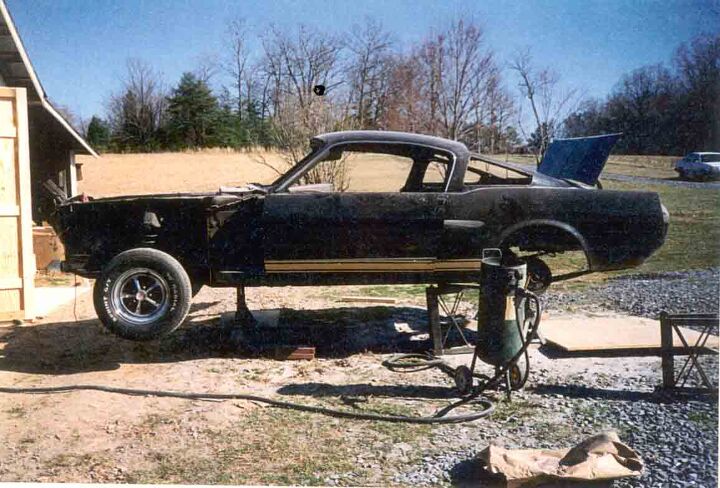

















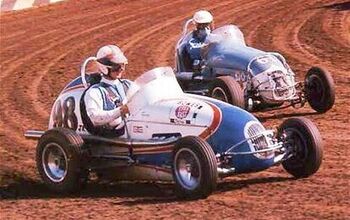

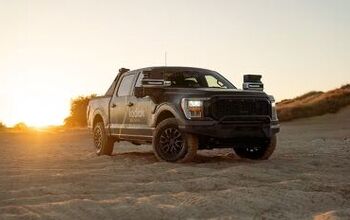
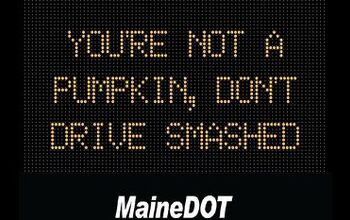


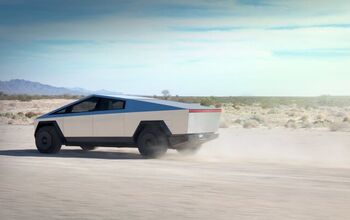
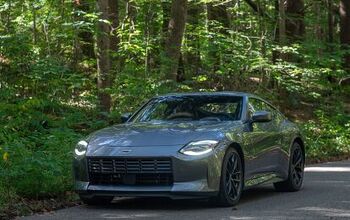
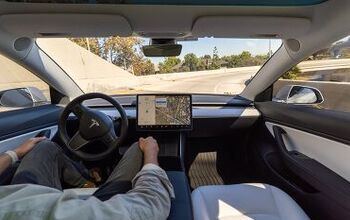
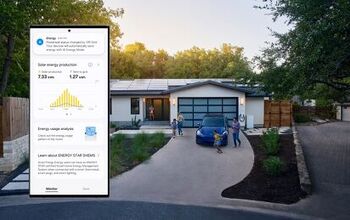
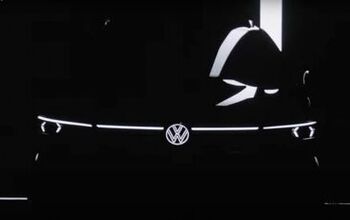

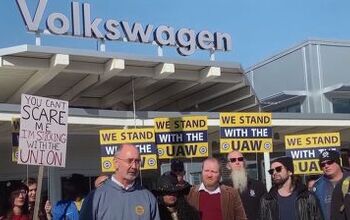

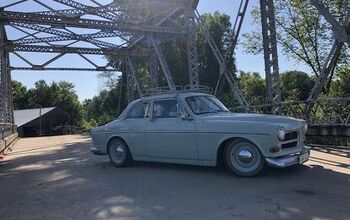
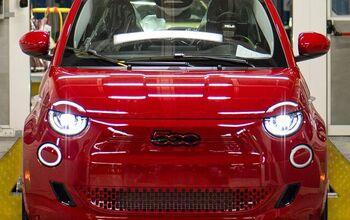

Comments
Join the conversation
The first thing you learn as a new parent is that everything you thought you knew is wrong.
I raced in the '72 Barstow to Vegas. I believe that there were over 2,000 riders. We all made the centerfold of Popular Cycling that year. Not politically correct and environmentally unsound? Yeah, that's me.